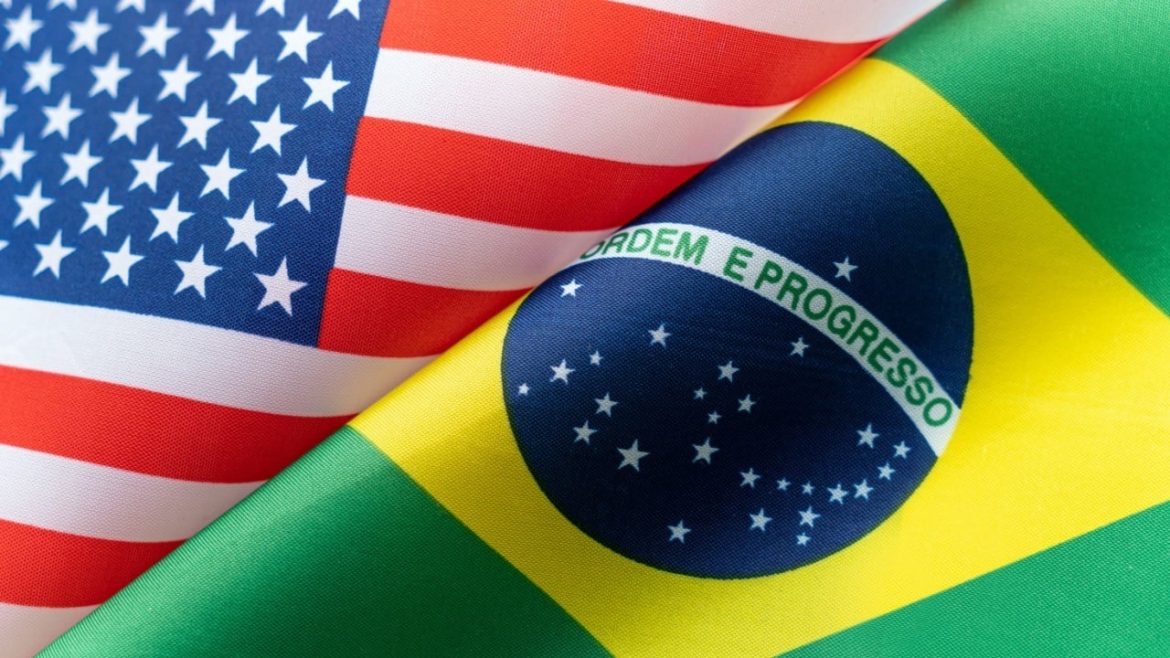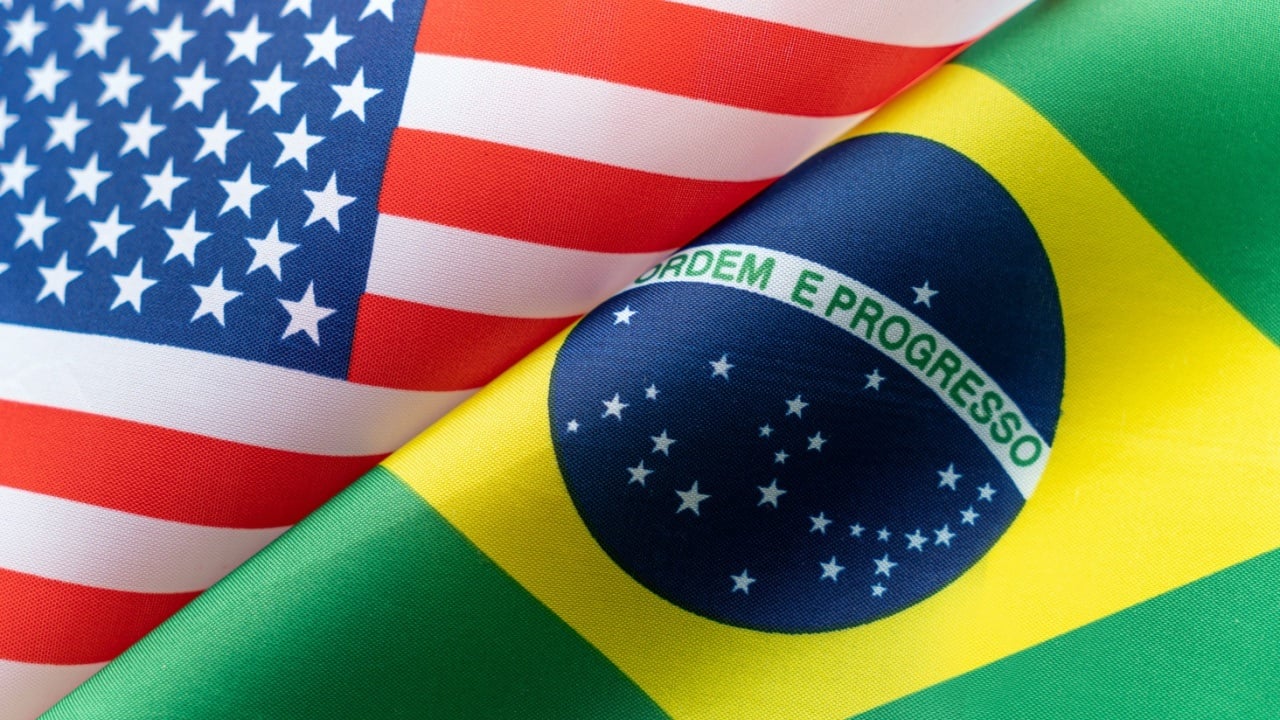The Fading Star: How Protectionist Policies Diminish US Competitiveness
Introduction: A Nation Behind Walls?
The United States, once a beacon of free trade and globalization, has increasingly embraced protectionist policies, particularly through tariffs. The narrative often presented is one of revitalizing domestic industries and safeguarding jobs, but the reality is far more complex and potentially damaging. Like a body building muscle, the US trade policies are constructing walls around the country’s financial status. This report explores the repercussions of these policies, examining how they undermine US competitiveness in the long run, creating a landscape where short-term gains pave the way for long-term economic decline. Forget the simplistic soundbites; let’s dissect the anatomy of this economic shift.
The Siren Song of Protectionism: A Misguided Melody
Protectionism aims to shield domestic industries from foreign competition through measures like tariffs and quotas. The allure is undeniable: protect jobs, boost local production, and reduce reliance on imports. However, this seemingly straightforward approach often ignores the intricate web of global trade and the unintended consequences that arise.
The trade war that began in 2018, characterized by escalating tariffs between the US and major trading partners, provides a stark example. While proponents argued that tariffs would force other nations to negotiate fairer trade deals, the reality proved far more nuanced. Retaliatory tariffs became the norm, hitting American businesses and consumers alike. Imagine a farmer suddenly facing higher costs to export his soybeans or a manufacturer struggling with increased prices for imported components. This is the tangible impact of protectionism.
The Erosion of Competitive Edge: Rust Never Sleeps
One of the most significant long-term effects of protectionist policies is the gradual erosion of US competitiveness. When domestic industries are shielded from competition, the incentive to innovate, improve efficiency, and reduce costs diminishes. Why invest in cutting-edge technology or streamline production processes when you’re guaranteed a market share regardless?
This complacency leads to a decline in productivity and a loss of dynamism. American companies, insulated from global competition, risk falling behind their counterparts in countries with more open and competitive markets. The end result is a gradual decline in the quality and affordability of American goods and services, making them less attractive to both domestic and international consumers. It’s like a sports team that never plays against tougher opponents; they might win local games, but they’ll be crushed on the international stage.
The Ripple Effect: Unintended Consequences and Economic Disruption
Protectionist policies rarely operate in a vacuum. They create ripple effects throughout the economy, often with unintended and damaging consequences. For example, tariffs on imported steel may protect domestic steel producers, but they also increase the costs for industries that rely on steel, such as automobile manufacturers and construction companies.
These higher costs can lead to job losses in downstream industries, offsetting any gains in the protected sector. Moreover, tariffs can disrupt global supply chains, making it more difficult and expensive for American companies to access the raw materials and components they need to compete effectively. It’s like pulling a thread from a sweater; the entire garment can unravel.
The Geopolitical Dimension: Isolation and Lost Influence
Beyond the economic realm, protectionist policies can also have significant geopolitical implications. When the US erects trade barriers, it sends a signal to the rest of the world that it is retreating from its traditional role as a champion of free trade and open markets.
This can damage relationships with key allies and trading partners, leading to increased tensions and a loss of influence on the global stage. Other countries may respond by forming their own trade blocs and alliances, excluding the US and further isolating American businesses and consumers.
The threat of tariffs on BRICS allies over perceived anti-American policies exemplifies this risk. Such actions can escalate into broader trade disputes, disrupting global trade flows and undermining international cooperation. Imagine a neighborhood where one house starts building fences; soon, everyone else might follow suit, creating a sense of isolation and distrust.
Case Study: The US-Sino Trade War – A Pyrrhic Victory?
The US-Sino trade war serves as a cautionary tale about the pitfalls of protectionism. While the Trump administration initially framed the tariffs as a way to address unfair trade practices and reduce the US trade deficit, the results have been mixed at best.
The tariffs led to higher prices for consumers, disrupted supply chains, and dampened economic growth. While some American industries may have benefited from reduced competition, others suffered significant losses. Furthermore, the trade war strained relations between the US and China, creating uncertainty and instability in the global economy. It’s a bit like winning a battle but losing the war; the short-term gains are overshadowed by the long-term costs.
The Path Forward: Embracing Openness and Competition
The evidence suggests that protectionist policies are ultimately detrimental to US competitiveness. A more effective approach involves embracing openness and competition, while also addressing legitimate concerns about unfair trade practices and ensuring a level playing field for American businesses.
This includes investing in education and infrastructure to enhance the skills and productivity of the American workforce, negotiating trade agreements that promote fair and reciprocal trade, and working with international partners to address issues such as currency manipulation and intellectual property theft. Like a gardener tending to a garden, nurturing the soil and planting diverse seeds will yield a more bountiful harvest than simply erecting fences around a single crop.
Conclusion: Reclaiming the Mantle of Economic Leadership
The US stands at a crossroads. It can continue down the path of protectionism, risking a gradual decline in its economic competitiveness and global influence. Or, it can embrace a more open and forward-looking approach, reaffirming its commitment to free trade, innovation, and international cooperation.
The choice is clear. To reclaim its mantle of economic leadership, the US must abandon the siren song of protectionism and embrace a future where American businesses can thrive in a dynamic and competitive global marketplace. The time has come to tear down the walls and build bridges instead. Only then can the US truly shine as a beacon of economic prosperity and innovation.





